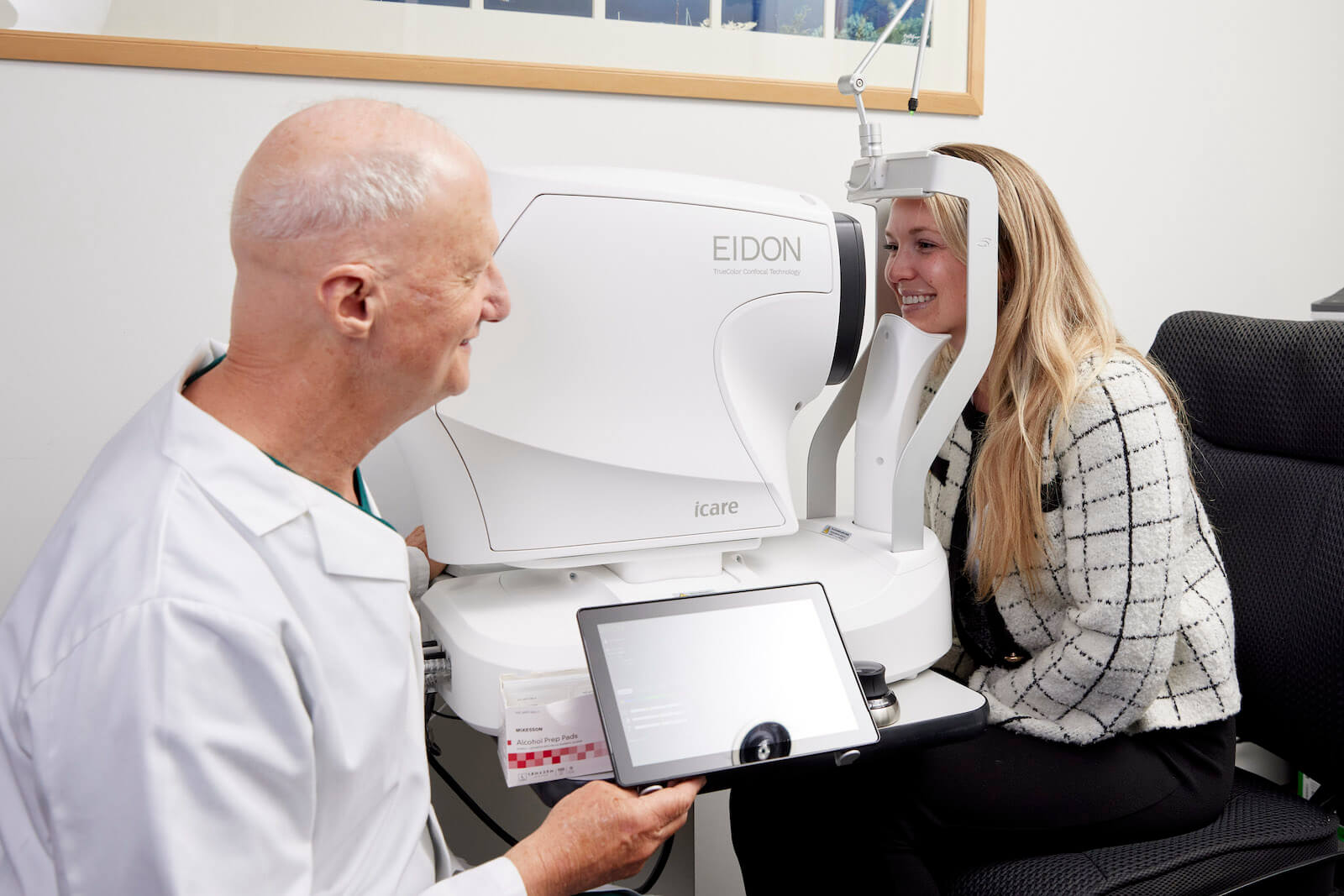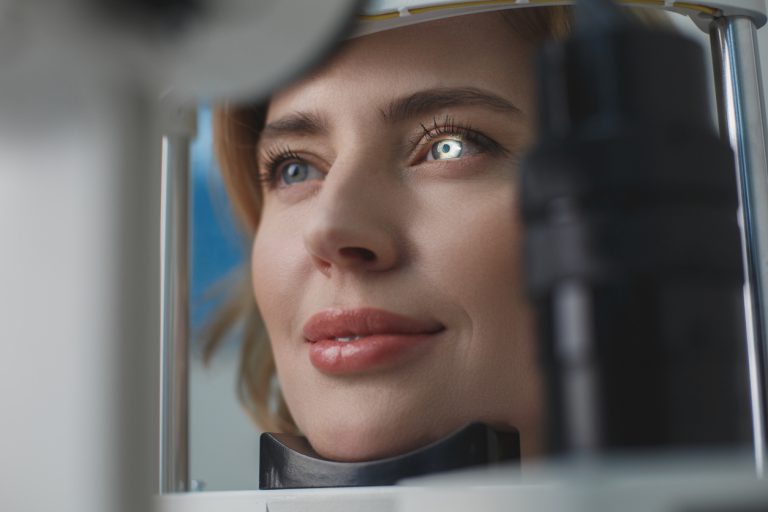LASIK / Complications/Side Effects
There are three common issues that I like to emphasize with our patients:
1. Need for enhancement.
LASIK, PRK, and SMILE are not one hundred percent accurate one hundred percent of the time. We get patients very close to perfect almost all of the time, but in around 4% of the treatments we are close to perfect but not perfect. Most of these people can see very well and are not using any glasses or contact lenses for distance vision, but if we can make the vision even a little sharper, that is our goal. In these situations, we like to wait 3-6 months to be sure that we have the final results, and then perform an enhancement treatment. We do not charge any additional fee for this enhancement treatment, as long as it is performed in the first 18 months. If we can make the vision any better, we will offer a touch up. We will do everything possible to enable you to see as well as you are capable of seeing.


2. Dryness
Increased dryness on a temporary basis is very common after laser vision correction. Permanently increased dryness is rare. Dryness after treatment is more common in people who have a lot of dryness before treatment and will often last up to three months. For people who have extreme dryness prior to treatment, we often recommend PRK or SMILE, because these versions result in less dryness. Of course, for many people there is less dryness after treatment than before, because they no longer use the contact lenses which were aggravating the dryness. There are many treatments for temporary dryness. The most effective seems to be taking fish oil liquid or pills (or flax seed oil for vegetarians). The omega-3 fatty acids in fish oil make the tears much more effective and greatly reduce symptoms of dryness.
3. Halos and night vision symptoms
Night vision issues are not much of a problem anymore since we began using the Allegretto laser for LASIK or PRK. However, this still remains a problem with other lasers (that we do not use), so we like to discuss it. All people, whether or not they have laser vision correction, have some degree of halos at night. To prove this to yourself, go out and look at the full moon at night, and you will notice that there is softness to the edge of the moon. We call this a halo. When you view the full moon during the daylight, this softness is not present. In the past, and with other lasers, the halos were made worse in around 25% percent of patients. Although this almost never interfered with the ability to drive or live your life, it was annoying for some people. With the Allegretto laser, there is commonly a short-term increase in the night halos, lasting for up to three months. However, on a permanent basis, the Allegretto laser is the only laser in which the average person experiences less haloing than he or she had with glasses and contact lenses. This is the major advantage of the Allegretto laser over all other lasers being used today.

